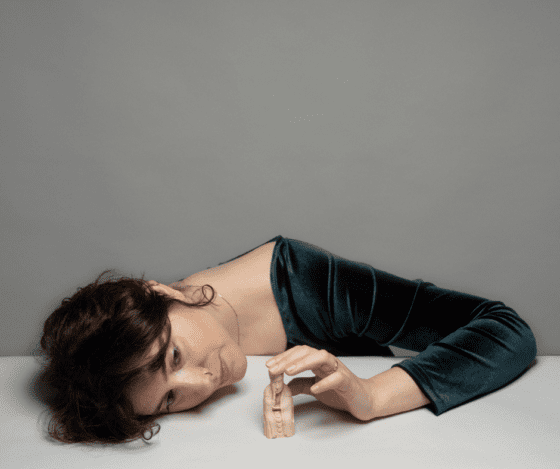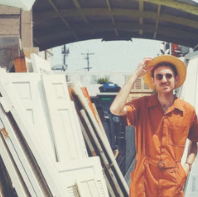Guide
Hello, Betty. It is great to meet! Firstly, what specific moments in nature sparked the musical ideas that became Nature Prints? Can you walk us through how you translate what you see outdoors into sound?
I live very close to the South Downs National Park, and I love walking through the fields. One of my favourite things is watching the flowers bloom in spring and seeing the sea shimmering on the horizon. There’s a particular path I always take—it feels like you’re walking straight into the sea. These kinds of experiences create an emotional response in me, and I try to translate that feeling into music: the movement of the wind, the colours of the landscape, or even the silence can all become melodic or textural elements in a composition.
Your music draws from such a wide range of influences, from John Surman to Dvorak. How do these different musical worlds come together when you’re composing?
I think my love for melody and structure comes from classical music—especially composers like Dvořák, who have such a strong sense of lyricism and form. From jazz, and especially from artists like John Surman, I’ve learned to embrace openness: the idea of jazz as a melting pot where different traditions can meet In my music, I use a jazz language with room for improvisation, but I combine it with classical and folk influences. These worlds come together quite naturally for me—it’s a way to express all the parts of myself.
Working with Dan Hewson, Andy Hamill, and Joe Edwards must bring different perspectives to your vision. How does each musician shape the final sound of these pieces?
Dan is a fantastic musician and arranger—he really helped shape the songs and often gave me very useful suggestions on the arrangements. Andy is incredibly creative and always brings a fresh and unexpected perspective to the music, which I find really inspiring. Joe is a very sensitive drummer; I love how attentively he listens and responds to the others, especially during the improvised sections. They each brought something unique and deeply personal to the project, and I feel very lucky to have worked with them.
Brighton’s coastal environment seems like it would offer endless inspiration for a nature-focused album. Does living by the sea influence your compositions in ways that might be different from your Italian roots?
Yes, definitely. In Brighton, nature feels more present and protected. There are so many places where you can walk for hours without seeing a single house—just fields, trees, sheep, and the sea. I love this about England: nature is respected and has its own space. That’s quite different from the part of Italy where I grew up, where the countryside is beautiful but often more densely inhabited. This open, green landscape gives me a sense of calm and space, which reflects in the music I write here.
You describe finding art in nature as a consistent discovery process. What keeps surprising you about this connection between the natural world and music after all this time?
If you think about it, the first instruments were made from natural materials—wood, bones, shells—so nature has always been at the root of music. What keeps surprising me is how deeply this connection still resonates. In modern society, we’ve become so disconnected from the natural world. We tend to want to control or exploit it rather than live in harmony with it. Through my music, I want to share a reminder: nature is not separate from us. It’s our home, our origin—and it’s also where our art comes from.
Listen To Betty Accorsi
- I Musici Gemelli Interview With Colby - December 15, 2025
- USB002 Review – Fred Again – Album Review - December 9, 2025
- Educatable Interview With Colby - November 20, 2025

